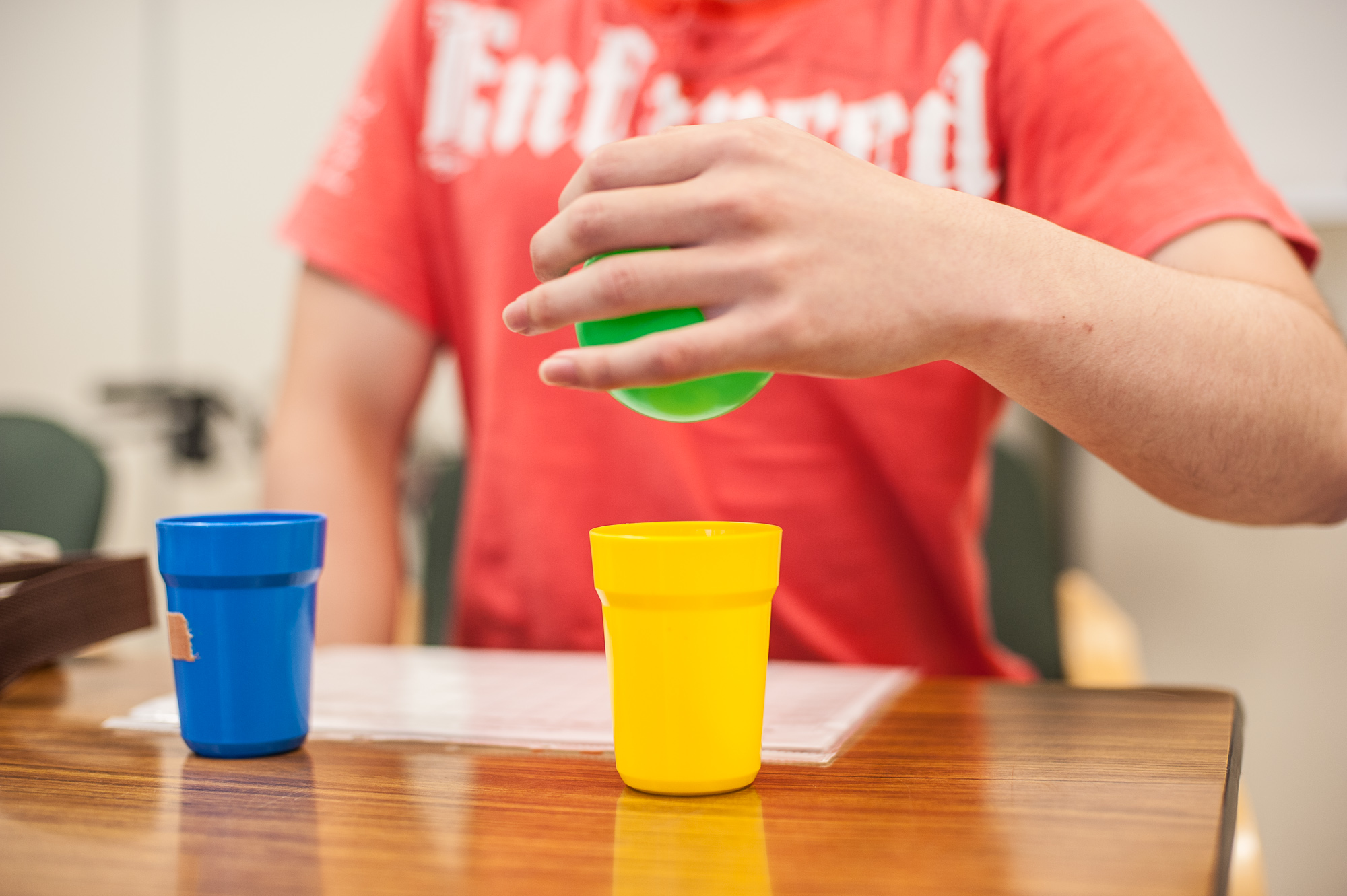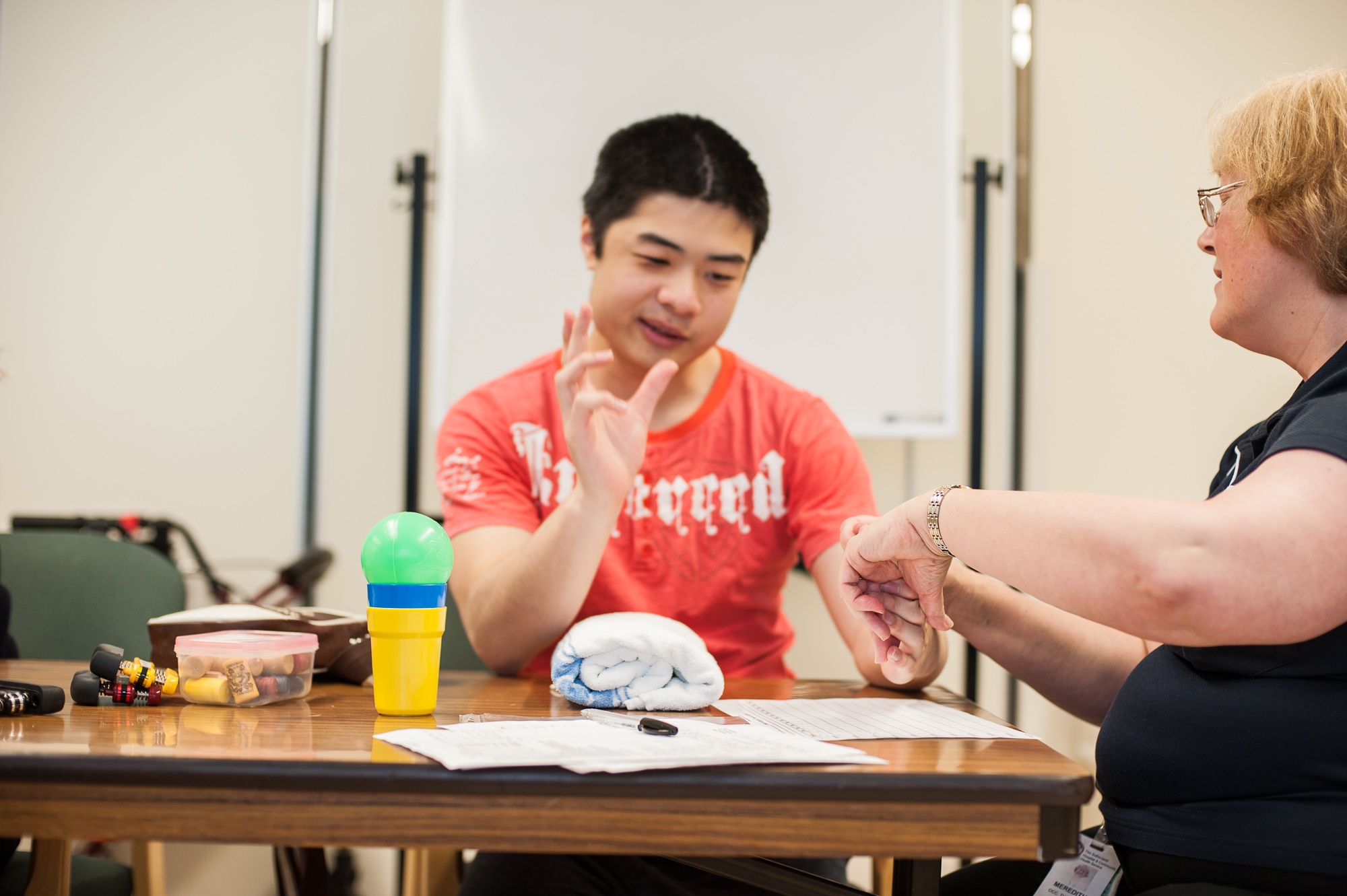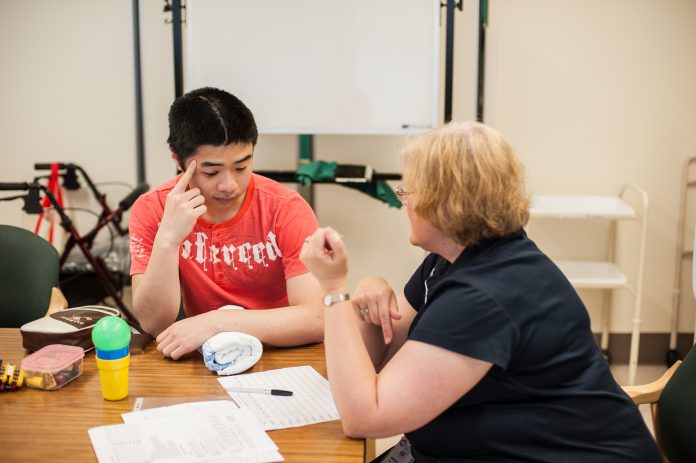Australian Stroke Foundation details the impact that a stroke can have on people of all ages plus how it can be prevented and treated
Stroke is a devastating disease. It attacks the brain, the human control centre and can turn lives upside down in an instant.
In Australia, it’s estimated there will be 56,000 strokes this year – that’s one stroke every nine minutes! Stroke is one of Australia’s biggest killers and the leading cause of adult acquired disability. Yet stroke is largely preventable, it can be treated, and it can be beaten. This is our challenge.
The Stroke Foundation is an Australian charity that partners with the community to prevent, treat and beat stroke. We stand alongside stroke survivors and their families, health professional and researchers. We build awareness and foster new thinking. We support survivors to live their best possible life after stroke.
What is a stroke?
Stroke can impact anyone of any age, even children and babies have strokes. A stroke happens when the blood supply to the brain is suddenly cut off. This occurs in two ways:
- Ischaemic stroke – when a blood clot stops blood moving through the artery.
- Intracerebral haemorrhage or bleed – when an artery bursts.
Every stroke is different depending on where in the brain it strikes and how severe it is. A stroke can destroy up to 1.9 brain cells a minute, however, the right treatment at the right time can stop this damage. The effects of stroke may include paralysis, speech and swallowing difficulties, problems with memory, hearing and eyesight. Depression is also common.
Can stroke be prevented?
Around 80% of strokes can be prevented. The best way to reduce your stroke risk is by simply being healthy. Manage your blood pressure and cholesterol, eat well, don’t smoke, don’t drink too much alcohol and be active.
Signs of stroke
The Stroke Foundation is determined to ensure someone in every Australian household knows the most common signs of stroke by remembering F.A.S.T. and asking themselves these questions.
Face – Check their face. Has their mouth drooped?
Arms – Can they lift both arms?
Speech – is their speech slurred. Do they understand you?
Time – Time is critical. If you see any of these signs call an ambulance straight away.
Stroke treatments

Over the past two decades, advances in the diagnosis and treatment of stroke have led to a significant reduction in lives lost. Time-critical treatments for strokes caused by clots include:
- Thrombolysis (blood clot dissolving treatment) – administering a drug which can break down and disperse a blood clot. This treatment is possible within 4.5 hours of symptom onset, but the earlier the treatment, the better the results.
- Endovascular thrombectomy – angiogram to remove clot using a retractable mechanical device. Australian researchers played a key role in the research for this treatment. Current guidelines recommend this treatment be delivered within six hours of symptom onset with earlier treatment achieving better results. However, the latest research has shown that highly selected patients still benefit up to 24 hours after symptom onset which is good news for those who wake up with symptoms, are alone at the time of stroke or live in rural areas leading to delayed presentation.
Care on a stroke unit is also vitally important in stroke outcomes. Being cared for by a specialised stroke team has proved to be one of the most effective ways of treating a person after a stroke.
Regional and metropolitan divide
The major challenge in accessing best practice stroke treatment and care in Australia is geography. Australia is large, and our population is dispersed. Regional Australians are currently 19% more likely to have a stroke than metropolitan counterparts.
Regional Australians are also less likely to have access to best practice, lifesaving stroke treatment and care. But there is a solution. Technology, more specifically, telemedicine.
Stroke Foundation is partnering with health professionals and researchers in campaigning for a new Australian Stroke Telemedicine Network, giving all Australians fair access to the best in stroke treatment. Telemedicine enables fast assessment of suspected stroke patients in regional areas by metropolitan based stroke specialists. Regionally based clinicians are supported in administering clot-busting thrombolysis treatment and/or arranging transfer to a comprehensive stroke centre for clot removal.
Support for survivors and health professionals
- InformMe – A one-stop-shop for health professionals working in stroke. It brings together the latest in evidence-based treatment guidelines, hospital performance data, education and tools to better support excellence in stroke care. More details can be found at www.informme.org.au.
- EnableMe – For stroke survivors, their family and carers. EnableMe brings together stroke information, videos, tools and conversation with other survivors and carers to empower stroke survivors to live their best possible life after stroke. More details can be found at www.enableme.org.au.

The future
Despite stroke’s prevalence in Australia, stroke awareness remains low and research is chronically underfunded. Stroke’s burden on the community and health system is ever increasing, as our population ages and lifestyle becomes more sedentary.
The stroke challenge is looming large. By 2050, it is anticipated there will be one stroke every four minutes in Australia and one million stroke survivors living in our communities unless action is taken. The time to act is now.
Stroke Foundation (Australia)
Tel: +61 3 9670 1000











